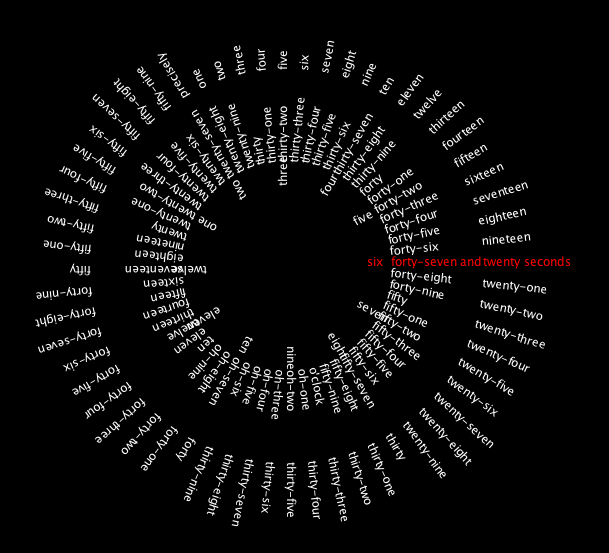FX Experience Has Gone Read-Only
I've been maintaining FX Experience for a really long time now, and I love hearing from people who enjoy my weekly links roundup. One thing I've noticed recently is that maintaining two sites (FX Experience and JonathanGiles.net) takes more time than ideal, and splits the audience up. Therefore, FX Experience will become read-only for new blog posts, but weekly posts will continue to be published on JonathanGiles.net. If you follow @FXExperience on Twitter, I suggest you also follow @JonathanGiles. This is not the end - just a consolidation of my online presence to make my life a little easier!
tl;dr: Follow me on Twitter and check for the latest news on JonathanGiles.net.
by Richard Bair | Oct 13, 2009 | API Design
Stuart Marks (one of the UI Controls “heavies”) has a great write-up on that “Infernal Scene Graph Warning Message”. You know, the one that showed up in JavaFX 1.2 in seemingly innocuous situations such as the following:
[jfx]
var g = bind Group {
translateX: someX
content: node
}
[/jfx]
In this code, whenever “someX” changes, a new Group is created and the node is mysteriously moved from this Group to the new one, and in the process the “infernal scenegraph warning message” is printed. Stuart goes into a lot of great history and detail to give context to the problem, but here is probably the money-quote as to why the warning message was useful:
When we added the enforcement code, we were surprised that it uncovered a few bugs and quite a number of questionable coding practices in our code, both in our runtime library and in our samples. In one case a node from the scene graph was also being used as a clip. This was illegal and didn’t actually work, but nobody had noticed up to that point. As for questionable coding practices, the enforcement turned up quite a number of cases where a scene graph was being constructed with some initial structure, and some code later on would rearrange the nodes into a different structure for no good reason. This caused the scene graph machinery to do a lot of extra work. The fix was to rewrite the code to create the scene graph in the desired structure, avoiding the rearranging and any error messages that the old code had caused.
Go visit his blog to get more information, I’m waiting for the second installment which I anticipate will go into all the nitty gritty details. Its kind of a cliff hanger because he doesn’t tell you what the final unanimous decision was regarding the warning message. Codify it as an error? Remove it? Something else?
![Win $2000 in RIA Exemplar Challenge]()
by Jasper Potts | Oct 12, 2009 | Controls, Links, UI Design
Create an application in JavaFX that exemplifies the appearance and behavior of a next-generation enterprise RIA (rich internet application)
See the official announcement for more details on the rules etc. Announcing the JavaFXpert RIA Exemplar Challenge
Announcing the JavaFXpert RIA Exemplar Challenge
I will be judging the entries for their visual design with the help of fellow graphics judge Romain Guy. To help all the designers entering here are a couple of the original designs for the Caspian theme along with links to the photoshop files they were created with. This way you can see the how all the all the controls visuals are contracted using vector shapes and layer effects.

Download Controls.PSD.ZIP

Download Controls Mockup.PSD.ZIP
I also thought maybe some links to sites with good articles on design might be helpful. Most of these are associated with Web Design rather than Application User Interface Design but there is a large amount of cross over and I have not found any good sites on Application User Interface myself.
Here are a few links for inspiration:

by Jasper Potts | Oct 5, 2009 | Demo
I had great fun entering the JFXStudio challenge to write a time themed JFX application in less than 30 lines or 3000 characters. Here is my entry a radial clock made of words:

Click to run "Radial Word Clock"
(more…)





